Japan is a fascinating country where old-world charm and futuristic innovation blend effortlessly. Walking through its cities feels like stepping into two different eras at once; you might start your day at a centuries-old Shinto shrine, then hop on a bullet train that whisks you across the country at lightning speed. The culture is incredibly rich and deeply respectful of nature, tradition, and seasonal beauty. Cherry blossoms in spring, vibrant summer festivals, fiery autumn leaves, and snow-covered temples in winter every season brings a unique atmosphere. Food is an art form in Japan, from sushi and ramen to regional specialties you won’t find anywhere else.
🗼About Tokyo
Tokyo is like stepping into the future without losing sight of the past. It’s fast-paced, high-energy, and endlessly fascinating. One moment you’re in the middle of Shibuya Crossing with neon lights flashing all around, and the next you’re sipping matcha in a peaceful garden or discovering a hidden shrine tucked between skyscrapers.
This city isn’t just Japan’s capital, it's the cultural and creative heartbeat of the country. You’ve got ultra-modern architecture, high-tech everything, and entire neighborhoods dedicated to things like anime, fashion, and vintage jazz bars. But then you’ve also got centuries-old temples like Senso-ji in Asakusa, traditional sumo stables in Ryogoku, and the calming beauty of places like Meiji Shrine or the Imperial Palace gardens.
🗼Recommended Attraction In Tokyo
🗼 Enjoy the View from Tokyo Tower
📝 Describing the Experience
As I stepped out onto the observation deck of Tokyo Tower, I was immediately swept away by the panoramic view of tiny taxis gliding through Tokyo’s streets below, Mt. Fuji peeking through the haze in the distance, and skyscrapers glowing gold under the setting sun. The city stretched endlessly, buzzing silently beneath me. There was a soft hum of excitement from fellow visitors, the faint scent of roasted sweet potatoes from a nearby food stall, and a crisp breeze that felt like a gentle reminder of Tokyo’s charm.
📖 About Tokyo Tower
Inspired by the Eiffel Tower, Tokyo Tower is one of the most iconic landmarks in the city, offering breathtaking views of Tokyo’s sprawling urban landscape.
📅 Best time to visit: Late afternoon for sunset and nighttime city lights
📍 How to get there: 5-minute walk from Akabanebashi Station (Toei Oedo Line)
💰 Cost: ¥1,200 for the Main Deck (additional fee for Top Deck)
💡 Pro Tips
- Visit on a clear day for a chance to see Mt. Fuji
- Buy tickets online to skip the line
- Don’t miss the glass floor panels, they're thrilling!
👨👩👧👦 Is It Family-Friendly?
Yes, it’s great for all ages and has elevator access for elderly visitors or those with mobility concerns.
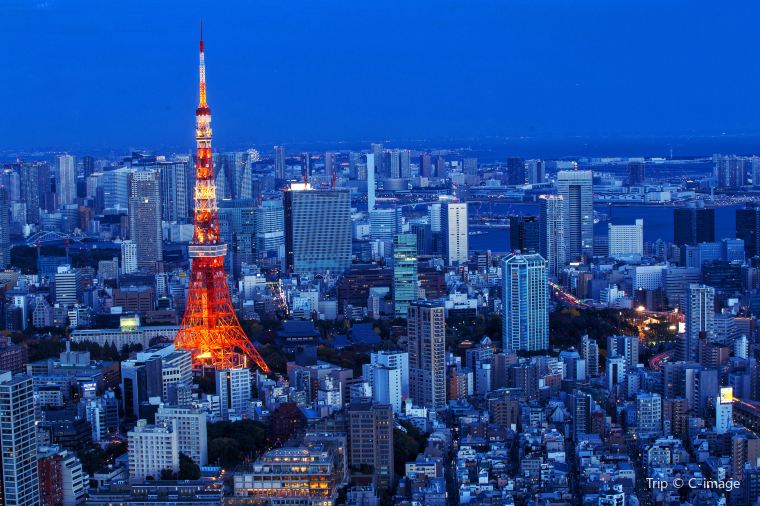
🍣 Savor Sushi at Toyosu Market
📝 Describing the Experience
The air was thick with the scent of the sea, briny, fresh, and oddly comforting as I wandered through Toyosu Market just after sunrise. Fishmongers shouted in quick bursts of Japanese, their hands slicing, weighing, wrapping with mechanical precision. I queued at a tiny sushi spot tucked in a corner. When the chef placed the glistening slice of otoro on my plate, I almost didn’t want to eat it. But one bite soft, buttery, ocean-sweet and I knew this was the best sushi I’d ever had.
📖 About Toyosu Market
Toyosu is Tokyo’s main wholesale fish market and the successor to the famed Tsukiji Market, offering some of the freshest seafood in the world.
📅 Best time to visit: Early morning (6–9 AM) for sushi and market buzz
📍 How to get there: 10-minute walk from Shijo-mae Station (Yurikamome Line)
💰 Cost: Free entry; sushi meals from ¥2,000–¥6,000
💡 Pro Tips
- Arrive before 9 AM to avoid long queues
- Check if public tuna auctions are open for viewing
- Bring cash some restaurants don’t accept cards
👨👩👧👦 Is It Family-Friendly?
Yes, but it’s better for older kids and teens due to the early hours and bustling atmosphere.

🛍️ Get Lost in Takeshita Street, Harajuku
📝 Describing the Experience
Color exploded in every direction neon signs, pastel hair, oversized bows, and kawaii accessories. Takeshita Street in Harajuku felt like a living, breathing Instagram feed. I nibbled on a freshly made crepe filled with strawberries and whipped cream, the sweet scent mixing with sugary cotton candy in the air. Teenagers in outrageous outfits posed for selfies while J-pop blasted from nearby shops. It was chaos but the kind you never want to escape.
📖 About Takeshita Street
Takeshita Street is the heart of Tokyo’s youth culture, packed with eccentric fashion boutiques, quirky cafés, and unique souvenirs.
📅 Best time to visit: Weekday afternoons for smaller crowds
📍 How to get there: Right outside Harajuku Station (JR Yamanote Line)
💰 Cost: Free to enter; shopping and snacks vary
💡 Pro Tips
- Go hungry crepes, rainbow snacks, and bubble tea await
- Bring a tote for spontaneous shopping sprees
- Check out nearby Cat Street for trendier, less crowded shops
👨👩👧👦 Is It Family-Friendly?
Yes! Kids will love the colors and fun street food, though strollers may be tricky during peak times.
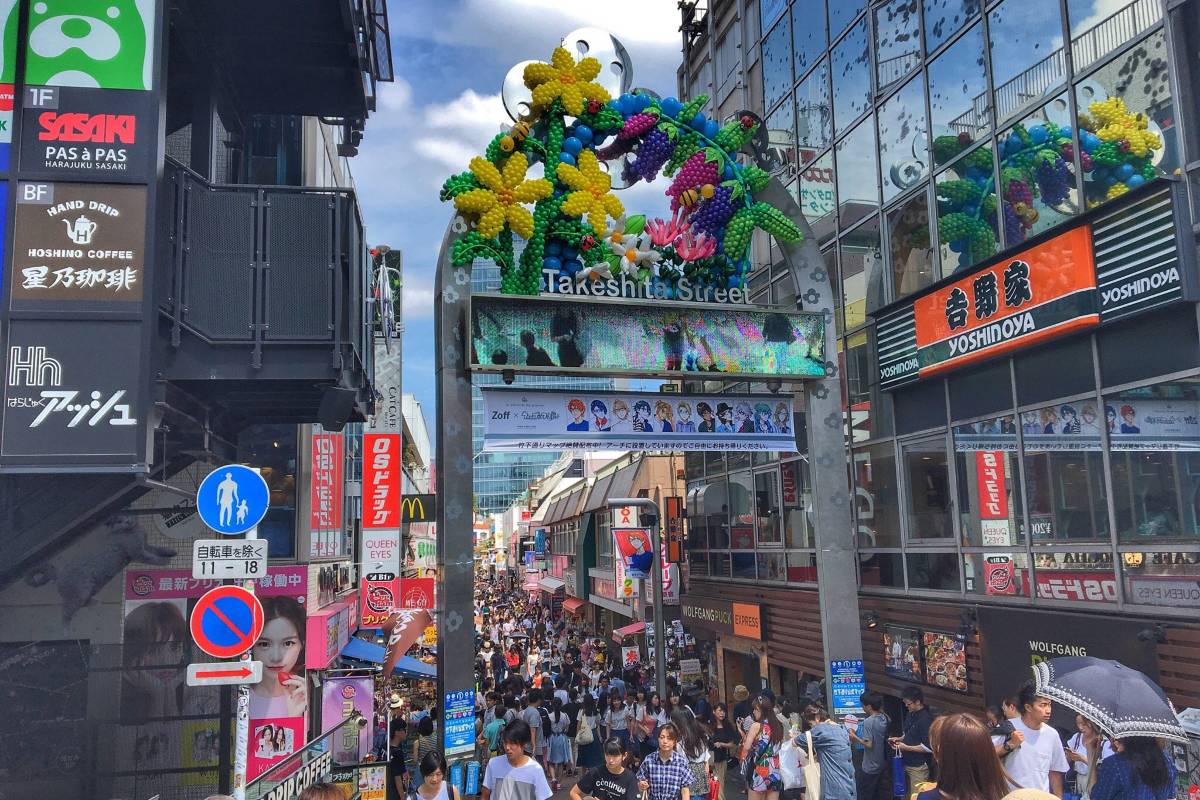
🛐 Find Peace at Meiji Shrine
📝 Describing the Experience
Stepping through the towering torii gate, the city’s noise faded behind me, replaced by the rustle of leaves and soft gravel underfoot. I followed the path shaded by ancient trees, the air earthy and serene. At the shrine, I rinsed my hands at the purification fountain, then closed my eyes and made a wish. A gentle breeze stirred the prayer plaques hanging nearby—it felt like Tokyo itself had paused for a moment of peace.
📖 About Meiji Shrine
Dedicated to Emperor Meiji and Empress Shoken, this Shinto shrine is one of Tokyo’s most sacred spots, nestled in a lush forest near Harajuku.
📅 Best time to visit: Early morning or late afternoon for a quiet experience
📍 How to get there: 1-minute walk from Harajuku Station (JR Yamanote Line)
💰 Cost: Free entry
💡 Pro Tips
- Stop by the Inner Garden (¥500) for seasonal blooms
- Try writing your wish on an ema (wooden plaque)
- Avoid Sundays often crowded with wedding processions
👨👩👧👦 Is It Family-Friendly?
Yes, suitable for all ages with flat paths and shaded walking trails.

🎮 Dive into Otaku Culture in Akihabara
📝 Describing the Experience
Walking into Akihabara felt like stepping into a pixelated dream. Giant anime billboards loomed overhead, game music spilled onto the street, and everywhere I turned, there was color, energy, and pop culture overload. I browsed vintage manga, got lost in a multi-story arcade, and watched a group of diehard fans cheer on their favorite idol group. Later, I sipped coffee served by a smiling maid in costume, completely immersed in Tokyo’s wild, whimsical world of otaku.
📖 About Akihabara
Akihabara is Tokyo’s electric town and the ultimate destination for anime, manga, gaming, and tech lovers from around the world.
📅 Best time to visit: Weekend afternoons for full street energy
📍 How to get there: Right outside Akihabara Station (JR Yamanote Line)
💰 Cost: Free to explore; arcades and cafes from ¥300–¥2,000
💡 Pro Tips
- Check out Super Potato for retro games
- Visit a themed café for a true Akiba experience
- Bring cash for small shops and gachapon machines
👨👩👧👦 Is It Family-Friendly?
Yes, older kids and teens will love it; some cafes or stores may have age restrictions.
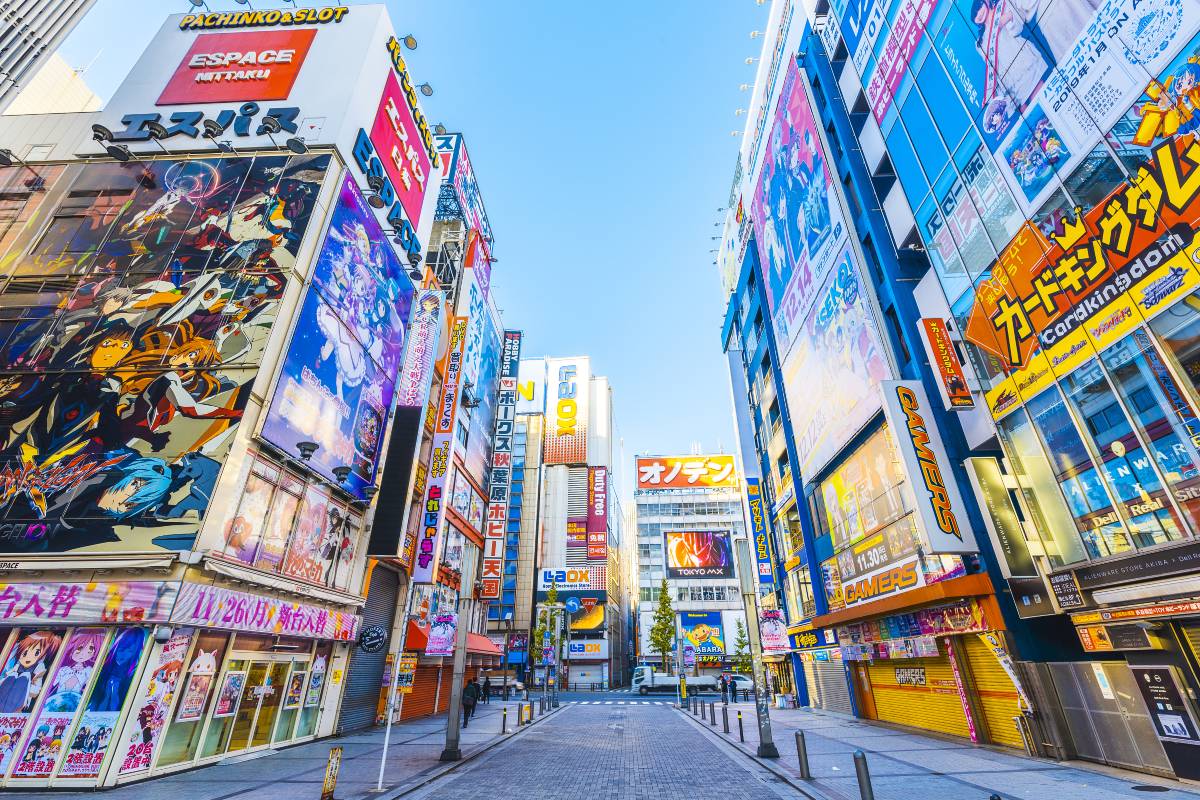
Recommended Hotels In Tokyo
🗼Recommended FOODactivity In Tokyo
🍜 Slurp Up the Best Ramen in Tokyo
📝 Describing the Experience
The moment I stepped into the tiny ramen shop in Shinjuku, a warm cloud of umami-rich steam hit me. The broth simmered behind the counter, sending out deep, savory aromas that instantly made my stomach growl. I ordered tonkotsu ramen, and when the bowl landed in front of me—golden broth, springy noodles, tender chashu pork, and a perfectly molten egg—I didn’t even speak. One slurp and I was hooked. Creamy, rich, and soul-warming, it was unlike any ramen I’d ever tasted back home. The shop was compact and cozy, filled with locals hunched quietly over their bowls.
📖 What Makes This Dish Special?
Ramen is one of Tokyo’s most beloved comfort foods, with dozens of regional variations. Tonkotsu, with its pork bone broth, is especially popular. Shops like Ichiran and Ramen Nagi have cult followings for a reason.
📅 Best time to eat this: Late evening after sightseeing or on a rainy day
📍 Where to find it: Ichiran Ramen, Shinjuku or multiple locations across Tokyo
💰 Cost: ¥900–¥1,500
Casual dining, non-vegetarian, pork-based broth
💡 Pro Tips
- Use the vending machine to order it’s part of the experience
- Ask for firm noodles if you prefer more chew
- Visit during off-hours to avoid long queues
👨👩👧👦 Is It Family-Friendly?
Yes, but the strong flavors may not appeal to very young kids. Some shops are compact, so space can be tight.
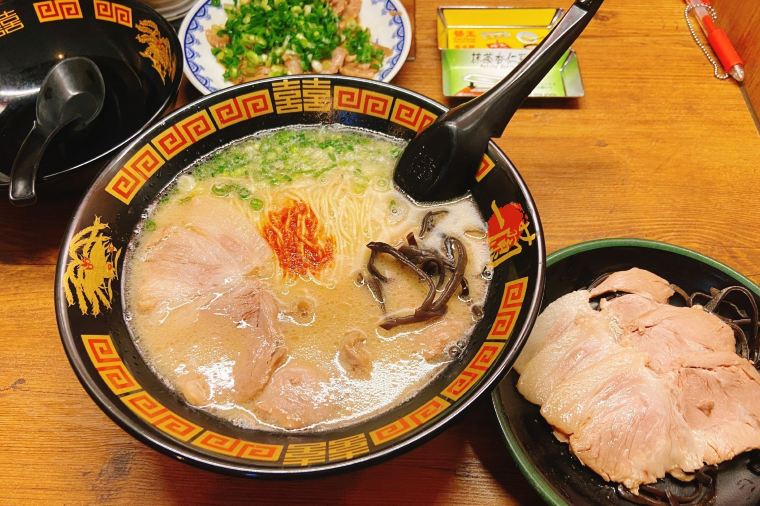
🍣 Experience Sushi Like a Local
📝 Describing the Experience
I sat at the counter of a small, unassuming sushi bar near Tsukiji, watching the chef work with quiet precision. Every movement was deliberate. When he placed a piece of glistening uni (sea urchin) nigiri in front of me, I hesitated for a second then took the plunge. It melted on my tongue, creamy and briny, like a whisper from the ocean. Each piece was a different journey snapper, eel, tuna served one by one. The vibe was peaceful, the chef occasionally chatting with regulars, the smell of vinegar rice and sea breeze hanging in the air.
📖 What Makes This Dish Special?
Sushi is an art form in Tokyo, and eating it freshly made by a skilled chef is a cultural experience. From casual conveyor belts to Michelin-starred counters, Tokyo is sushi heaven.
📅 Best time to eat this: Lunchtime or early dinner for omakase sets
📍 Where to find it: Sushi Dai (Toyosu Market) or Sushi Zanmai (multiple branches)
💰 Cost: ¥3,000–¥20,000 depending on the restaurant
Ranges from casual to high-end; usually not vegetarian-friendly
💡 Pro Tips
- Try omakase (chef’s choice) for the best seasonal picks
- Don’t dip sushi rice-side down in soy sauce
- Make reservations for upscale sushi spots
👨👩👧👦 Is It Family-Friendly?
Older kids and teens who enjoy seafood may love it. Raw fish might be a challenge for younger or picky eaters.

🍢 Snack on Yakitori in a Lantern-Lit Alley
📝 Describing the Experience
As dusk fell, I wandered into Omoide Yokocho, a narrow alley near Shinjuku filled with smoky aromas and red lanterns. I grabbed a stool at a tiny yakitori joint where the chef grilled skewers just inches away from us. Each bite of crispy chicken skin, juicy thigh, even tender liver was smoky perfection, balanced with a sip of cold beer. The sizzling sounds, laughter from salarymen unwinding after work, and the scent of charcoal made it feel like a hidden Tokyo ritual I was lucky to join.
📖 What Makes This Dish Special?
Yakitori (grilled chicken skewers) is a popular street food often enjoyed with drinks in izakayas. The dish highlights how simple ingredients, when expertly grilled, can become crave-worthy.
📅 Best time to eat this: Evening, especially after 6 PM
📍 Where to find it: Omoide Yokocho, Shinjuku or Yakitori Alley under Yurakucho Station
💰 Cost: ¥150–¥500 per skewer; izakaya-style dining
Most places are not vegetarian-friendly
💡 Pro Tips
- Go early to grab a seat it gets packed fast
- Try the chef’s recommendation or a mixed plate
- Pair it with sake or a highball for the full experience
👨👩👧👦 Is It Family-Friendly?
Best for adults or teens, smoky, crowded spaces aren’t ideal for small kids.

🍡 Taste Traditional Wagashi
📝 Describing the Experience
Inside a quiet tatami-matted tea room, I was served a delicate wagashi sweet shaped like a seasonal flower handmade that morning. I admired it for a second before taking a bite. Soft, slightly chewy, with a subtle sweetness from red bean paste, it paired perfectly with the bold bitterness of matcha tea served in a ceramic bowl. The ritual was slow, soothing, and filled with meaning. Outside, the garden rustled gently in the wind, adding to the serene moment.
📖 What Makes This Dish Special?
Wagashi are traditional Japanese sweets often served during tea ceremonies. Each one reflects nature or the season, crafted with care and artistic flair.
📅 Best time to eat this: Afternoon, especially during spring or autumn
📍 Where to find it: Ippodo Tea, Ginza or traditional tea houses in Asakusa
💰 Cost: ¥800–¥2,000
Tea set experience, often includes vegetarian options
💡 Pro Tips
- Reserve a tea ceremony experience for cultural context
- Don’t rush appreciate the seasonal presentation
- Avoid strong perfumes which can disrupt the tea aroma
👨👩👧👦 Is It Family-Friendly?
Yes, ideal for all ages, though younger kids might prefer simpler sweets.

🍨 Try Fluffy Japanese Soufflé Pancakes
📝 Describing the Experience
The pancakes arrived wobbling like jelly, stacked high and dusted with powdered sugar. I took a forkful and was stunned it was like biting into a sweet cloud. Soft, eggy, lightly sweet, and just melt-in-your-mouth amazing. Served with whipped cream and fresh berries, it felt almost too pretty to eat. The café buzzed with quiet chatter and the clinking of tea cups, sunlight pouring through the windows, making everything feel light and dreamy.
📖 What Makes This Dish Special?
Japanese soufflé pancakes are a viral food sensation, known for their fluffy texture and dramatic rise. They’re made by folding whipped egg whites into the batter and slow-cooking for maximum fluff.
📅 Best time to eat this: Late morning to mid-afternoon (brunch or tea time)
📍 Where to find it: A Happy Pancake (Shibuya), Flipper’s (Harajuku), or Gram Café
💰 Cost: ¥1,000–¥1,800
Casual café dining, vegetarian-friendly
💡 Pro Tips
- Go on weekdays to avoid long waits
- Order a drink set to complete the café experience
- Most places require you to wait 20–30 mins for fresh pancakes
👨👩👧👦 Is It Family-Friendly?
Yes, perfect for kids and sweet-toothed travelers of all ages.

🗼Recommended Nightlife In Tokyo
🍸 Sip Cocktails with a View at Shibuya Sky
📝 Describing the Experience
The elevator doors opened, and I was met with one of the most jaw-dropping views I’ve ever seen. Tokyo stretched endlessly in every direction, glittering under the night sky. I found a spot on one of the loungers at the rooftop bar and ordered a yuzu mojito. The air was crisp, the music was soft and chill, and the city buzzed quietly beneath me. As I sipped, planes blinked in the distance, and I could just make out the silhouette of Mount Fuji against the horizon.
📖 What Makes This Spot Special?
Shibuya Sky isn’t just an observation deck it’s a sleek, open-air rooftop with 360° views and a trendy sky bar. It’s perfect for cocktails and sunset selfies.
📅 Best time to go: Around sunset or after 7 PM for night views
📍 Where to find it: Shibuya Scramble Square, Shibuya
💰 Cost: ¥2,200–¥3,000 entry; drinks from ¥1,200
Smart casual recommended; advanced booking encouraged
💡 Pro Tips
- Book online to skip the queue
- Bring a jacket it gets breezy at night
- Arrive before sunset to catch golden hour and city lights
👨👩👧👦 Is It Family-Friendly?
The deck is open to all ages, but the bar area is best for adults.

🎷 Discover Live Jazz in a Shinjuku Basement Bar
📝 Describing the Experience
Tucked away beneath a nondescript building in Shinjuku, I stepped into a moody jazz den lit by candlelight and bathed in blue hues. The band played smooth, sultry tunes, and the bassline vibrated through the low wooden tables. I sipped a smoky whiskey highball while nodding along, completely wrapped in the music. The crowd was mixed locals, expats, solo listeners and the vibe was effortlessly cool.
📖 What Makes This Spot Special?
Tokyo’s jazz scene is legendary, and bars like Pit Inn have hosted world-class musicians for decades. The sound quality, intimacy, and authenticity are unmatched.
📅 Best time to go: Weeknights after 8 PM for live performances
📍 Where to find it: Pit Inn, Shinjuku
💰 Cost: ¥3,000 cover for live sets; drinks from ¥800
No strict dress code, but smart casual fits the mood
💡 Pro Tips
- Arrive early for front-row seats
- Check the schedule online some nights are experimental jazz
- Tip the musicians if you loved the show
👨👩👧👦 Is It Family-Friendly?
This is an adults-only vibe, ideal for music lovers aged 20+.

🕹️ Drink and Play at a Retro Gaming Bar
📝 Describing the Experience
Walking into the neon-lit basement of 8bit Cafe felt like diving into a time machine. Old-school game consoles lined the walls, shelves were stacked with vintage manga, and anime music played softly in the background. I ordered a “Princess Peach” cocktail and settled in for a round of Super Nintendo with a couple of friendly strangers. The vibe was playful, nostalgic, and full of laughter from other gaming tables.
📖 What Makes This Spot Special?
Tokyo’s quirky bar culture shines here. 8bit Cafe is a hybrid of a bar and retro arcade, popular with both locals and curious tourists looking for something offbeat.
📅 Best time to go: After 9 PM, especially weekends
📍 Where to find it: 8bit Cafe, Shinjuku
💰 Cost: ¥800 cover; drinks from ¥700
No dress code; casual and nerdy welcome
💡 Pro Tips
- Try their game-themed cocktails they’re hilarious and tasty
- Bring cash; some places don’t accept cards
- Great for solo travelers super easy to meet people
👨👩👧👦 Is It Family-Friendly?
Strictly adults only, but teens would love the theme if it were daytime.
🍶 Explore Hidden Izakayas in Golden Gai
📝 Describing the Experience
Golden Gai was electric. Six narrow alleys, dimly lit by lanterns and neon, buzzed with energy as I squeezed into a one-room bar barely big enough for six. Inside, jazz vinyl spun softly while the bartender mixed me a shiso-infused gin cocktail. The walls were covered in old photos, and conversations flowed between locals and visitors like we were old friends. I bar-hopped to another spot where a punk band postered the walls each bar had its own vibe.
📖 What Makes This Spot Special?
Golden Gai in Shinjuku is a legendary nightlife area, known for its micro-bars with wildly different personalities. It’s a must for bar-hoppers looking to connect with locals.
📅 Best time to go: 9 PM to midnight, especially Fridays
📍 Where to find it: Golden Gai, Shinjuku
💰 Cost: Cover ¥500–¥1,000 per bar; drinks from ¥700
No strict dress code; some bars have regulars-only policies
💡 Pro Tips
- Be respectful some bars cater to locals only
- Ask your bartender for bar recommendations nearby
- Try a different drink at each stop to sample their specialties
👨👩👧👦 Is It Family-Friendly?
Adults-only; not suitable for children due to space and bar culture.
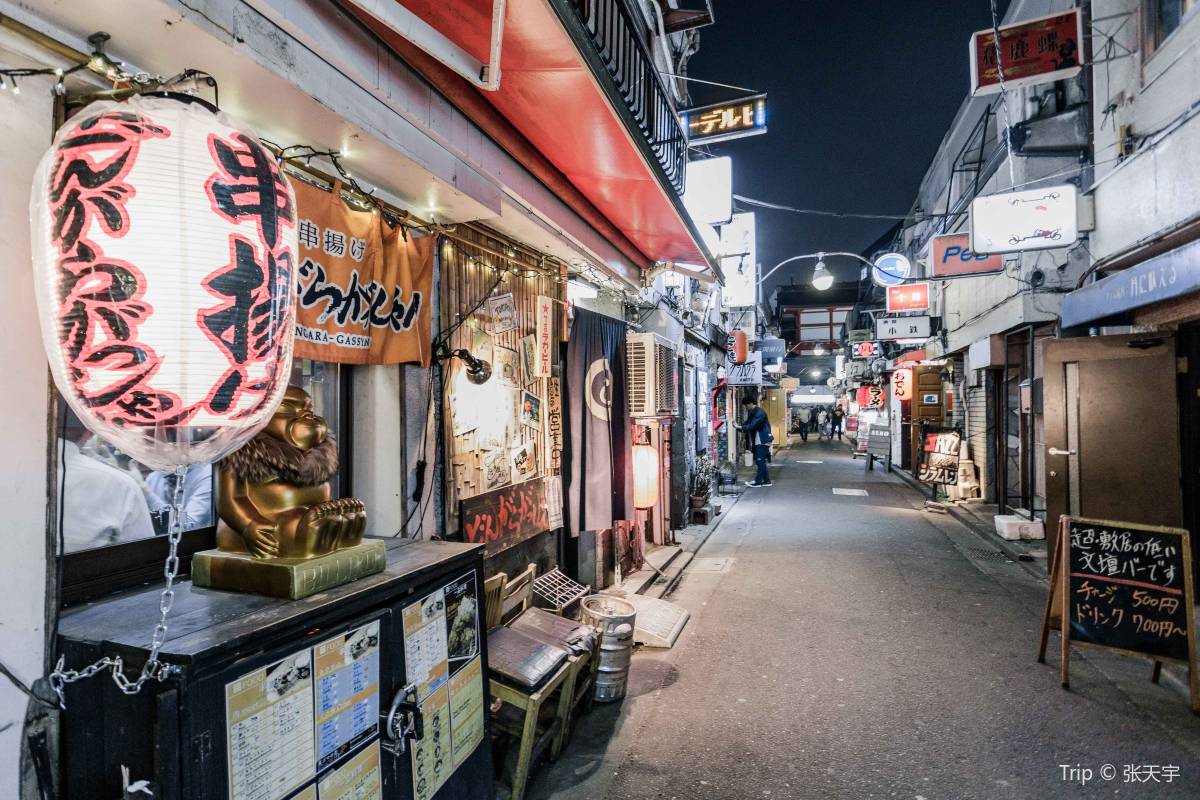
💃 Dance 'Til Dawn in Shibuya’s Club Scene
📝 Describing the Experience
The bass hit me the second I walked into WOMB. Lights pulsed in sync with deep house beats, the crowd moved as one, and the DJ spinning from a suspended booth had the whole place hypnotized. The energy was unreal. I danced non-stop, sipping a cold lemon sour between tracks. The club’s sound system was thunderous but crisp, and the elevated dance platforms gave me the best view of the crowd.
📖 What Makes This Spot Special?
WOMB is one of Tokyo’s most iconic clubs, known globally for its top-tier sound system and international DJs. It’s a must for anyone exploring Tokyo nightlife.
📅 Best time to go: After 11 PM on Fridays and Saturdays
📍 Where to find it: WOMB, Shibuya
💰 Cost: ¥3,000–¥4,000 entry; drinks from ¥700
Dress smart; no flip-flops or beachwear
💡 Pro Tips
- Buy tickets online for special events
- Use coin lockers for your stuff they're super handy
- Pace yourself Tokyo clubs run until sunrise
👨👩👧👦 Is It Family-Friendly?
Strictly 20+, ID required at the door. This is an adults-only experience.
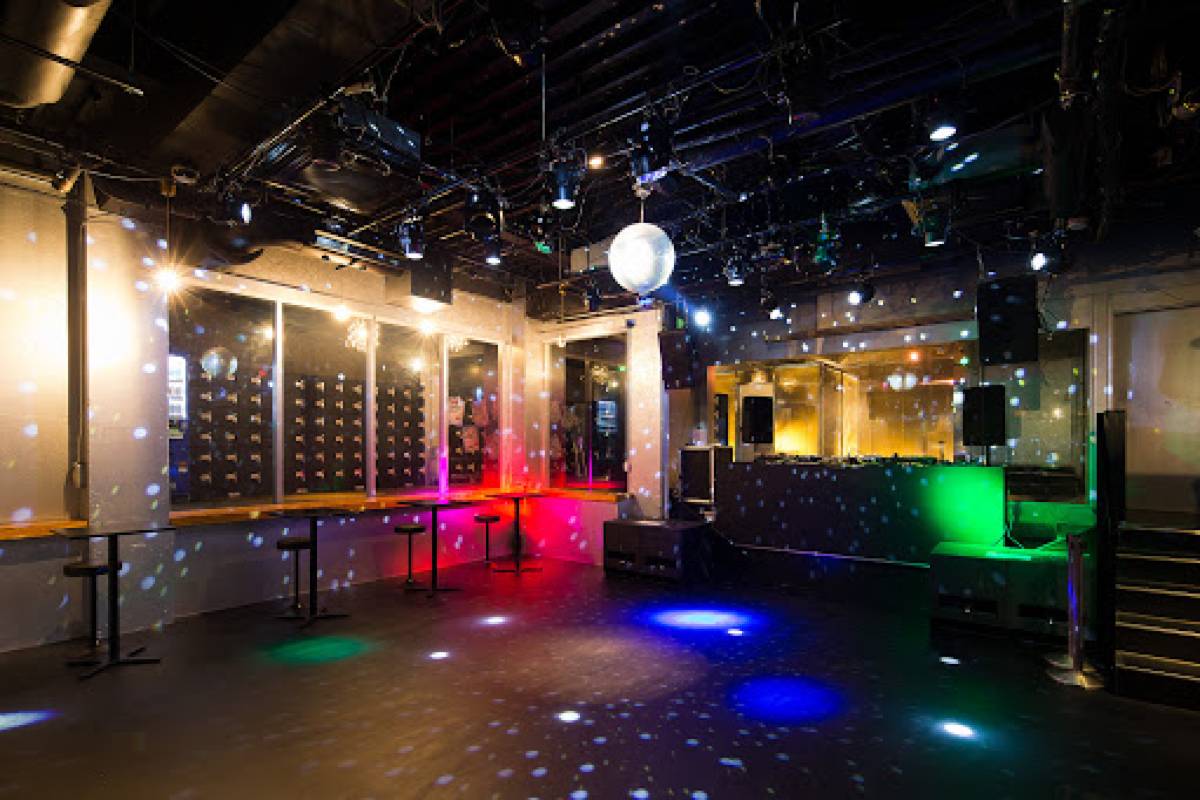
🗼Recommended Shopping Place In Tokyo
🛍️ Hunt for Vintage Treasures in Tokyo’s Shimokitazawa
📝 Describing the Experience
Wandering through Shimokitazawa felt like flipping through the coolest thrifted fashion magazine ever. Colorful racks of denim jackets, 90s band tees, and retro sneakers spilled out of quirky shops tucked into alleyways. The vibe was laid-back, artistic, and just a little bit bohemian. Lo-fi music drifted out of vinyl record stores, and I even found a hidden café behind a curtain in the back of a clothing store.
📖 What Makes This Shopping Spot Special?
Shimokitazawa is Tokyo’s vintage fashion haven. It’s famous for secondhand designer pieces, rare streetwear, and quirky indie boutiques. Stores like Flamingo and Chicago are goldmines for budget-friendly statement pieces.
📅 Best time to shop: Weekday afternoons for fewer crowds
📍 Where to find it: Shimokitazawa, just outside Shimokitazawa Station (Keio/Inokashira lines)
💰 Price range: ¥1,000–¥10,000; mostly budget to mid-range
Prices are fixed, but occasional sales offer great deals
💡 Pro Tips
- Look upstairs many shops have secret second floors
- Bring cash; some indie shops don’t take cards
- Try everything on sizes vary, especially vintage
👨👩👧👦 Is It Family-Friendly?
It’s a relaxed stroll for families, with plenty of cafés and benches for breaks.
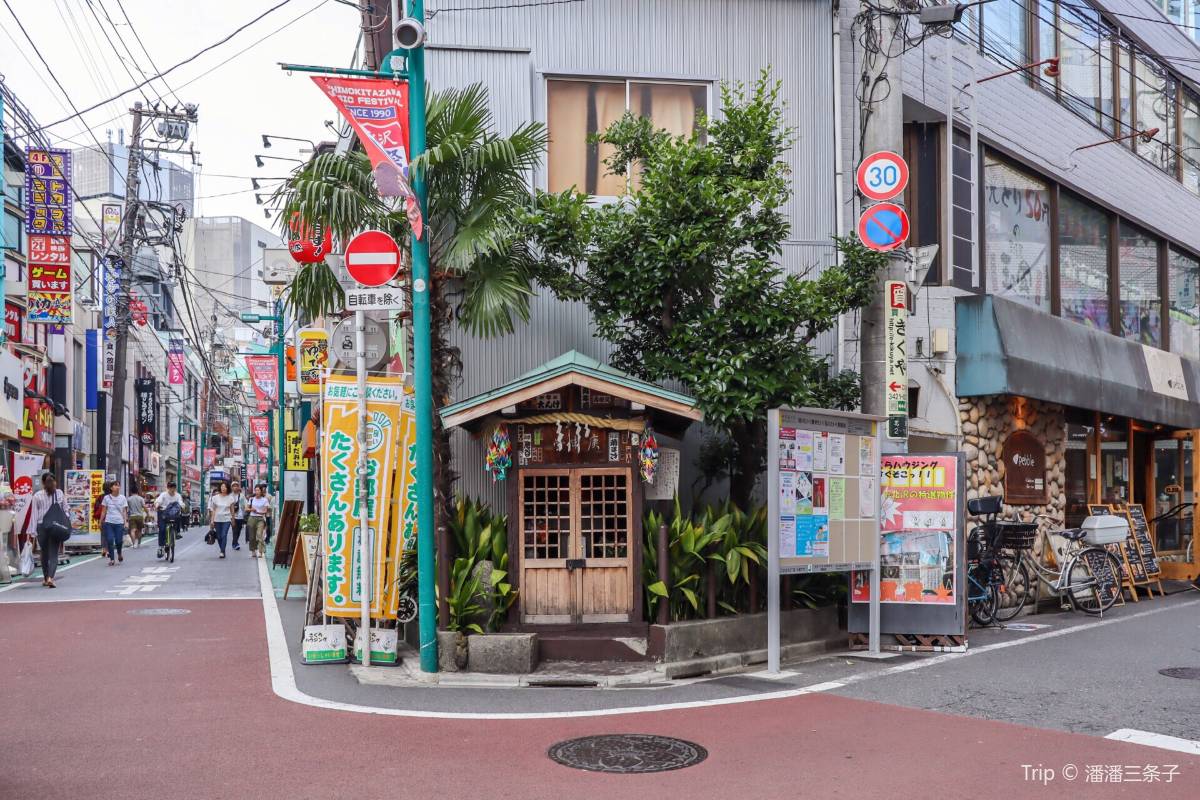
🛒 Dive into Otaku Culture at Akihabara’s Electric Town
📝 Describing the Experience
The moment I stepped into Akihabara, I was hit with a wave of flashing lights, anime soundtracks, and colorful shopfronts stacked with figurines, manga, and rare electronics. Multi-story stores buzzed with energy. One moment I was browsing retro Game Boys, the next I was flipping through vintage manga in Mandarake. The scent of curry rice from a nearby maid café made the experience feel even more surreal.
📖 What Makes This Shopping Spot Special?
Akihabara is the epicenter of anime, gaming, and tech in Tokyo. Whether you're hunting for rare figurines, custom keyboards, or nostalgic gaming gear, this is where you’ll find it. Don Quijote and Yodobashi Camera are must-visits.
📅 Best time to shop: Weekday mornings for fewer crowds
📍 Where to find it: Akihabara Electric Town, near Akihabara Station (JR Yamanote Line)
💰 Price range: ¥500–¥50,000+; budget to high-end
Prices are fixed, but tax-free for tourists with passport
💡 Pro Tips
- Bring a list it's easy to get overwhelmed
- Visit Akiba Culture Zone for niche collector items
- Don’t miss Super Potato for vintage game lovers
👨👩👧👦 Is It Family-Friendly?
Yes! Teens and kids will love the anime shops; many cafés have kid-friendly menus.
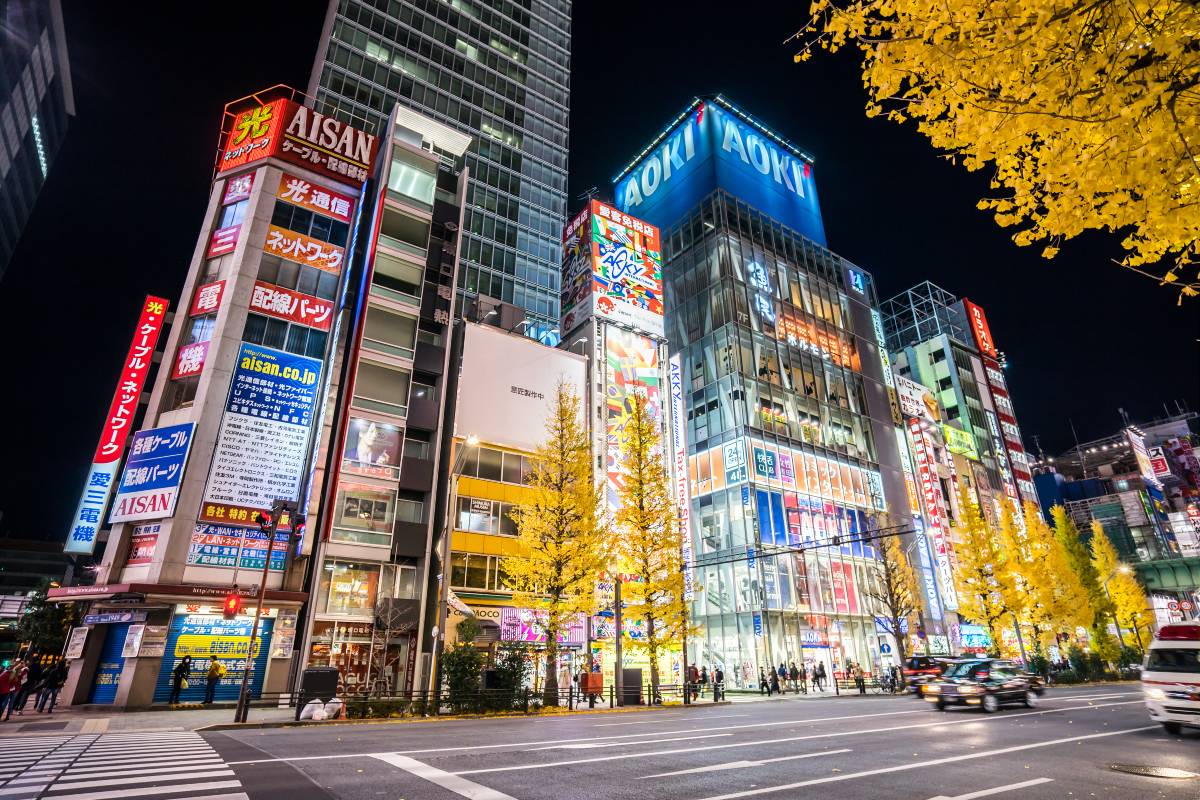
👜 Browse Designer Brands at Omotesando Hills
📝 Describing the Experience
Walking into Omotesando Hills felt like entering a sleek fashion sanctuary. The spiral architecture, soft lighting, and minimalist design made every boutique feel like an art installation. I browsed through Issey Miyake’s avant-garde pieces and admired the curated selections at Maison Margiela. The scent of fresh leather and perfume filled the air, and a rooftop café offered a quiet moment to recharge.
📖 What Makes This Shopping Spot Special?
Omotesando Hills is a high-end fashion complex designed by Tadao Ando, blending luxury brands with modern Japanese aesthetics. It’s a must for fashion lovers looking for cutting-edge style and rare collections.
📅 Best time to shop: Weekday mornings for a calm, boutique vibe
📍 Where to find it: Omotesando Hills, Omotesando Station (Tokyo Metro)
💰 Price range: ¥10,000–¥300,000+; high-end
No bargaining luxury goods have fixed prices
💡 Pro Tips
- Check out the seasonal art installations
- Visit the basement for gourmet food stalls
- Look for tax-free shopping signs if you're a tourist
👨👩👧👦 Is It Family-Friendly?
Yes, clean, stroller-friendly, with cafés and seating areas for non-shoppers.
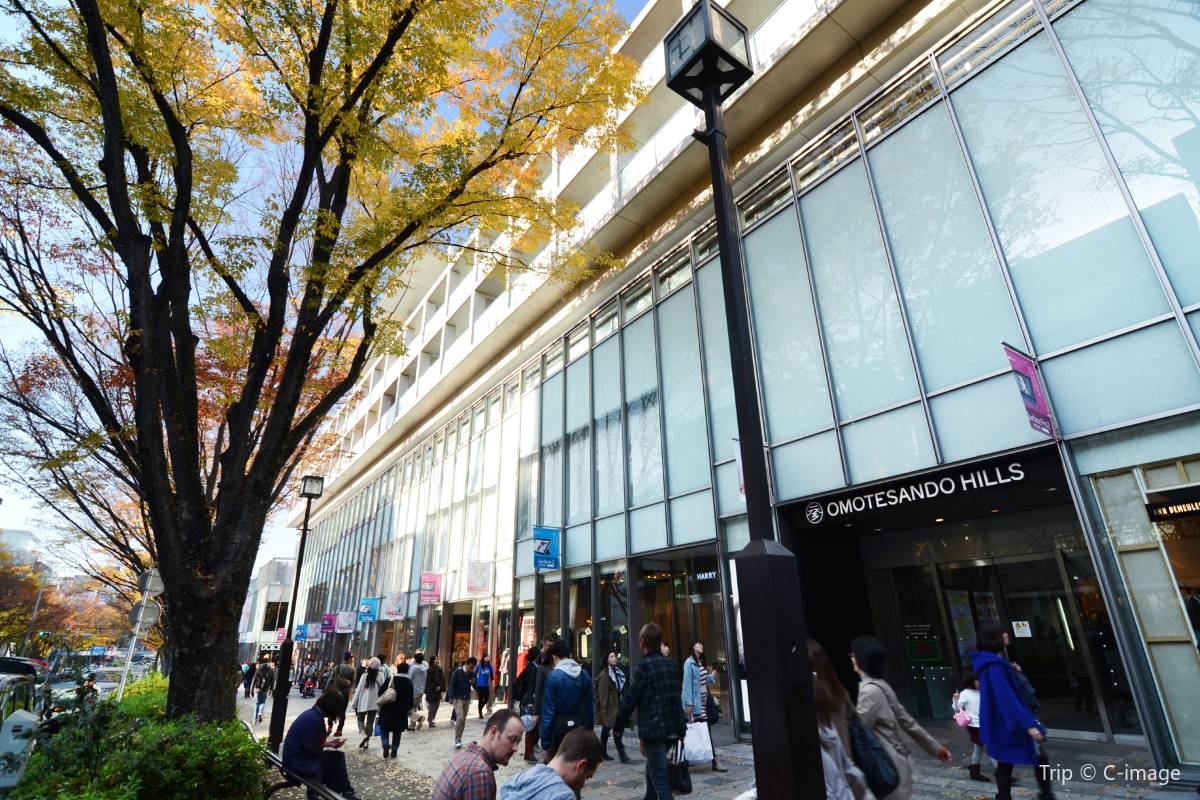
🧧 Get Lost in Asakusa’s Nakamise Shopping Street
📝 Describing the Experience
As I walked through Nakamise-dori, the scent of freshly grilled senbei (rice crackers) and sweet ningyo-yaki (red bean cakes) wafted through the air. The colorful stalls lining the street offered everything from traditional yukata and hand fans to quirky souvenirs and handmade crafts. It was lively, nostalgic, and steeped in Edo-period charm, with the grand Senso-ji Temple just ahead.
📖 What Makes This Shopping Spot Special?
Nakamise is one of Tokyo’s oldest shopping streets, making it perfect for authentic souvenirs, snacks, and cultural keepsakes. Many of the stalls have been family-run for generations.
📅 Best time to shop: Morning before temple crowds arrive
📍 Where to find it: Nakamise-dori, just outside Asakusa Station (Ginza/Toei lines)
💰 Price range: ¥300–¥5,000; budget-friendly
Some bargaining possible on bulk souvenir purchases
💡 Pro Tips
- Try the ningyo-yaki hot off the grill
- Buy fans and chopsticks here they make great gifts
- Visit early for the best photo ops without crowds
👨👩👧👦 Is It Family-Friendly?
Very great for all ages, with street snacks and photo spots to entertain kids.
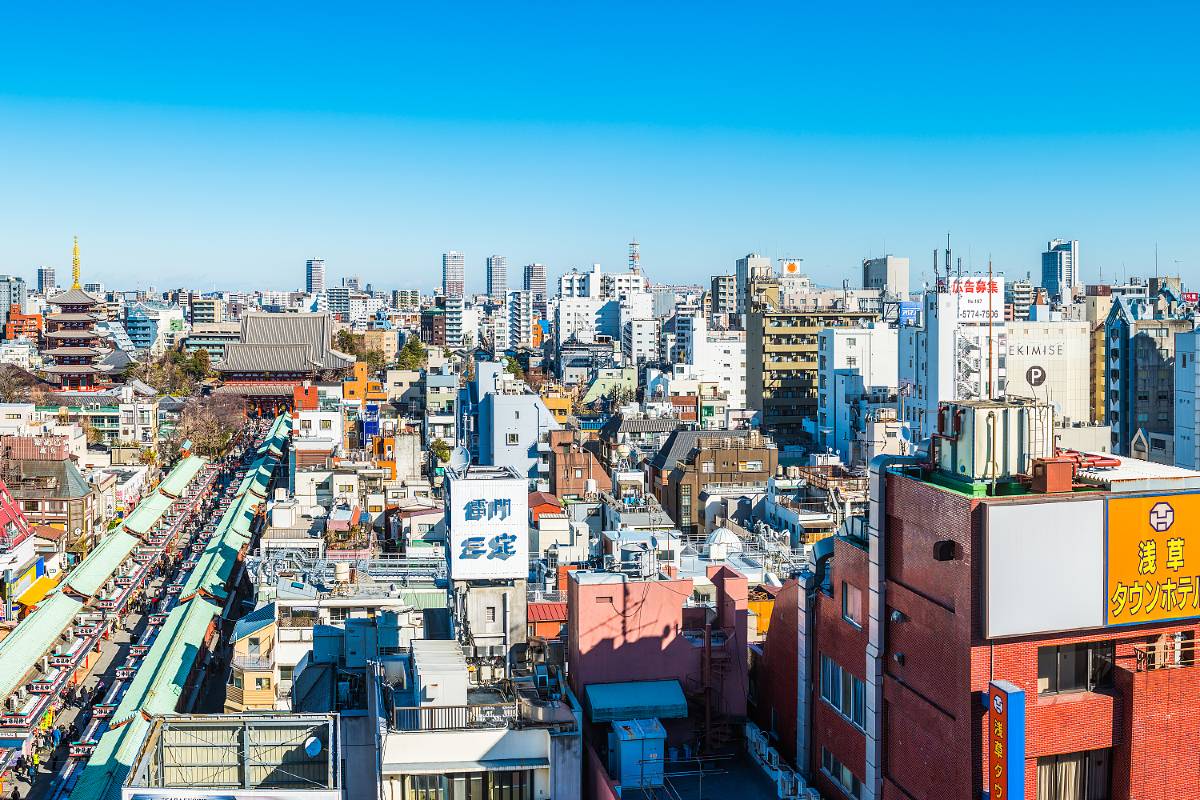
👟 Trend Hunt in Harajuku’s Takeshita Street
📝 Describing the Experience
Takeshita Street was a sensory explosion. Bubblegum-pink walls, pastel fashion, blasting J-pop, and a never-ending parade of stylish teens and tourists. I picked up a pair of oversized sunglasses from a kawaii shop, then grabbed a rainbow cotton candy as tall as my head. Boutique after boutique showcased eccentric accessories, lolita dresses, and streetwear you won’t find anywhere else.
📖 What Makes This Shopping Spot Special?
Takeshita Street is Tokyo’s hub of youth fashion and creative chaos. It's the place for one-of-a-kind accessories, wild street style, and the latest in Harajuku trends. Stores like WEGO and Bodyline are iconic here.
📅 Best time to shop: Weekday afternoons weekends get packed
📍 Where to find it: Takeshita Street, across from Harajuku Station (JR Yamanote Line)
💰 Price range: ¥500–¥10,000; budget to mid-range
Fixed prices, but some stalls may offer bundle deals
💡 Pro Tips
- Start early to avoid selfie stick traffic jams
- Visit after lunch when the crepe shops open
- Check upper floors some hidden boutiques are upstairs
👨👩👧👦 Is It Family-Friendly?
Yes, kids and teens will love the colors, snacks, and playful fashion options.
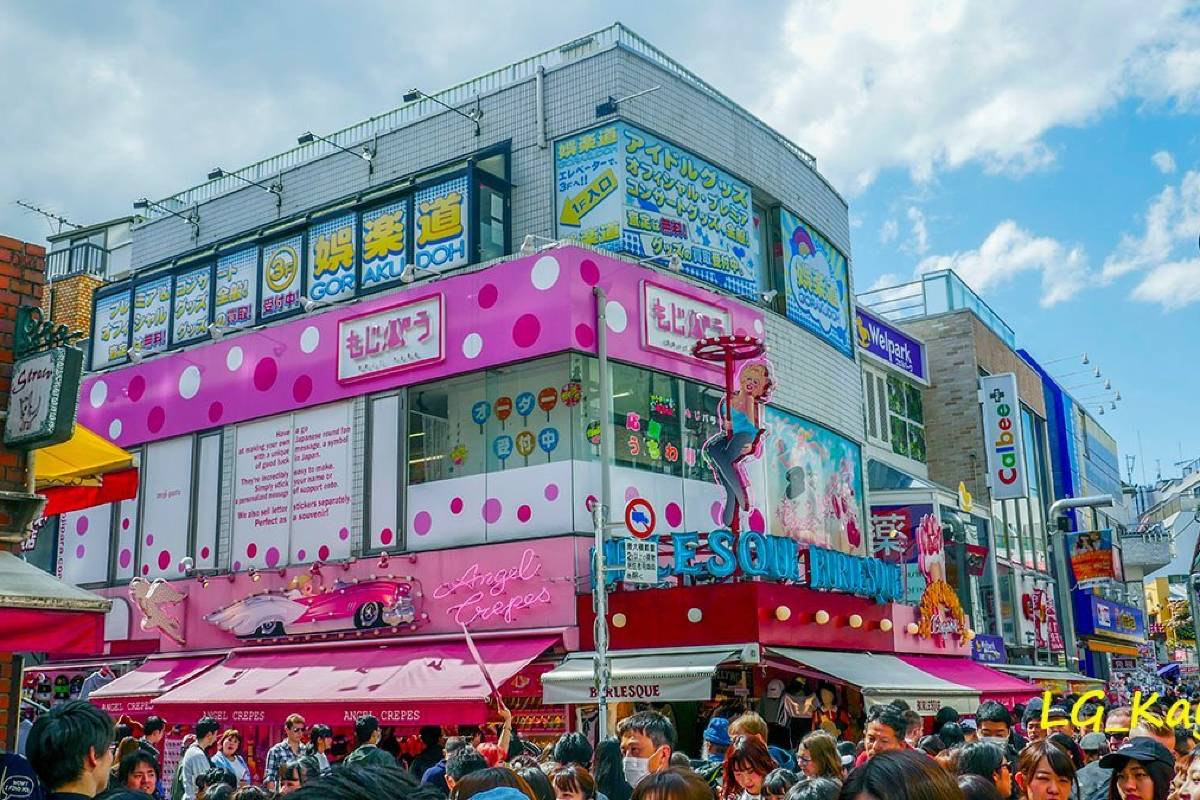
🗼Recommended Festival In Tokyo
🎆 Watch the Sky Light Up at Sumida River Fireworks Festival
📝 Describing the Experience
I found myself shoulder to shoulder with excited locals and tourists along the Sumida River, the scent of yakisoba and sweet kakigori wafting from nearby food stalls. As the sun dipped below the skyline, the first firework burst across the sky golden glitter raining down in slow motion. For over an hour, explosions of color choreographed to music lit up the Tokyo skyline. The cheers, the summer humidity, the rhythm of celebration it was electric.
📖 What Makes This Festival Special?
The Sumidagawa Fireworks Festival is one of the oldest and most famous fireworks events in Japan, dating back to the Edo period. Locals dress in yukata, enjoy festival food, and claim their riverfront spots early. The fireworks are known for their sheer scale and artistry.
📅 When & where: Last Saturday of July, along the Sumida River in Asakusa
📍 Best places to experience it: Near Asakusa Station, Sumida Park, or the bridges along the river
💰 Cost: Free (some reserved seating areas available for a fee)
💡 Pro Tips
- Arrive early (3 - 4 PM) to claim a good viewing spot
- Wear a yukata for the full summer matsuri experience
- Bring a mat or portable chair standing for hours gets tiring
👨👩👧👦 Is It Family-Friendly?
Yes, great for all ages, with food stalls, portable toilets, and open viewing areas.

🌸 Stroll Through Ueno Park During Cherry Blossom Season
📝 Describing the Experience
Walking beneath a canopy of soft pink cherry blossoms in Ueno Park felt like stepping into a dream. Families picnicked on blue tarps, friends toasted with beer, and the gentle petals fluttered around us like confetti. I had sakura-themed snacks in hand—cherry blossom mochi and pink dango skewers. Musicians played near the pond, and the air buzzed with celebration and renewal.
📖 What Makes This Festival Special?
Hanami (flower viewing) is a beloved spring tradition in Japan, and Ueno Park is one of Tokyo’s most iconic spots. Locals and visitors gather to celebrate the fleeting beauty of sakura. It's not just about flowers it’s about togetherness, gratitude, and new beginnings.
📅 When & where: Late March to early April, depending on bloom forecasts, in Ueno Park
📍 Best places to experience it: Ueno Park, near Shinobazu Pond and the central sakura-lined path
💰 Cost: Free
💡 Pro Tips
- Check bloom forecasts online to time your visit perfectly
- Go in the morning for fewer crowds and better photo ops
- Bring snacks or buy from nearby konbini for a hanami picnic
👨👩👧👦 Is It Family-Friendly?
Absolutely spacious paths, food stalls, and a zoo make it ideal for families.
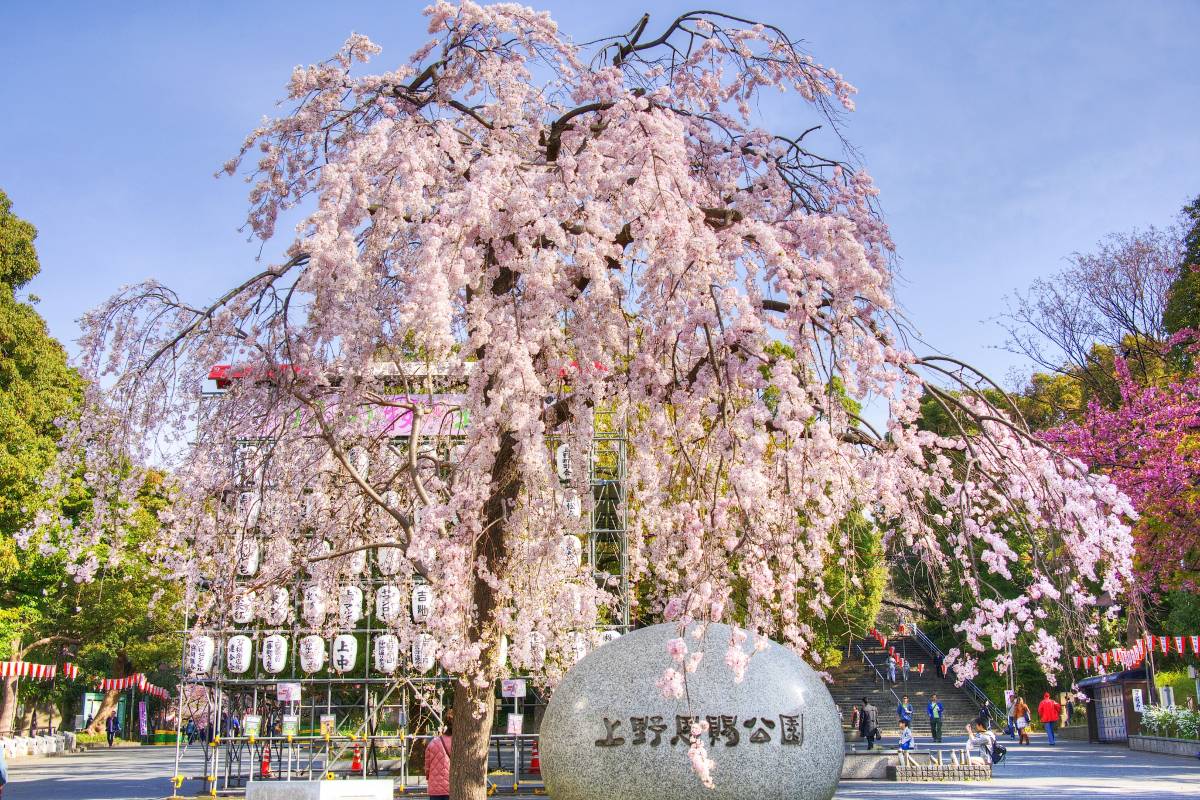
🎎 Immerse in Tradition at the Asakusa Sanja Matsuri
📝 Describing the Experience
The streets of Asakusa shook with energy as hundreds of people in traditional happi coats carried mikoshi (portable shrines) through the narrow alleys. Taiko drums pounded, and chants echoed in unison “Wasshoi! Wasshoi!” I tasted grilled corn and watched dancers whirl past in Edo-period costumes. The scent of incense mixed with festival food created an atmosphere that felt spiritual and festive all at once.
📖 What Makes This Festival Special?
Sanja Matsuri is one of Tokyo’s liveliest and most important Shinto festivals, celebrating the founders of Senso-ji Temple. It features over 100 mikoshi parading through Asakusa and is deeply tied to local identity and pride. It’s an unmissable look into Tokyo’s traditional side.
📅 When & where: Third weekend of May, around Senso-ji Temple in Asakusa
📍 Best places to experience it: Senso-ji Temple, Nakamise Street, and surrounding alleys
💰 Cost: Free
💡 Pro Tips
- Arrive early on Saturday to see the mikoshi processions begin
- Dress modestly and respectfully this is a religious event
- Stay into the evening to catch lantern-lit parades
👨👩👧👦 Is It Family-Friendly?
Yes, but keep an eye on kids in crowded areas. Plenty of food stalls and photo-worthy moments.

🎃 Dress Up for Halloween on Shibuya Crossing
📝 Describing the Experience
It was like Tokyo had turned into one giant, neon-lit costume party. As I crossed the famous Shibuya Scramble, I was surrounded by zombies, anime characters, pirates, and witches posing for photos, laughing, and dancing. Music blared from street performers, and police directed the huge crowds with glowing batons. I grabbed a themed latte from a nearby café and just soaked in the chaos it was surreal and so fun.
📖 What Makes This Festival Special?
Halloween in Shibuya has become an iconic street event in Tokyo. Although not a traditional Japanese festival, it draws thousands in costume for an impromptu celebration in the heart of the city. It’s wild, unscripted, and 100% Tokyo.
📅 When & where: October 31, around Shibuya Station and Center-Gai
📍 Best places to experience it: Shibuya Scramble Crossing, Spain Slope, Center-Gai
💰 Cost: Free
💡 Pro Tips
- Wear a costume to truly blend in and join the fun
- Avoid large bags space is tight and security is strict
- Use nearby stations (like Harajuku) to avoid station crowding
👨👩👧👦 Is It Family-Friendly?
Not ideal for small kids due to late hours and crowd density; better suited for teens and adults.

🎐 Feel the Summer Magic at Mitama Matsuri
📝 Describing the Experience
As I approached Yasukuni Shrine, I was greeted by a golden glow over 30,000 lanterns lining the path, flickering like fireflies in the night. The air was thick with the scent of grilled squid and festival sweets. Women in colorful yukata strolled past, and a gentle hum of traditional music played in the background. I paused to watch a bon odori dance circle and couldn’t resist joining in.
📖 What Makes This Festival Special?
Mitama Matsuri honors the spirits of the dead in a joyful, peaceful celebration. Held at Yasukuni Shrine, it combines solemn respect with vibrant summer festivity. It’s one of Tokyo’s most atmospheric and visually stunning festivals.
📅 When & where: Mid-July (usually July 13–16), at Yasukuni Shrine
📍 Best places to experience it: Yasukuni Shrine grounds and main approach path
💰 Cost: Free
💡 Pro Tips
- Visit after sunset for the full lantern effect
- Wear a yukata to blend in and take stunning photos
- Check for traditional performances at the main stage
👨👩👧👦 Is It Family-Friendly?
Yes. Gentle pace, open space, and food stalls make it great for families.
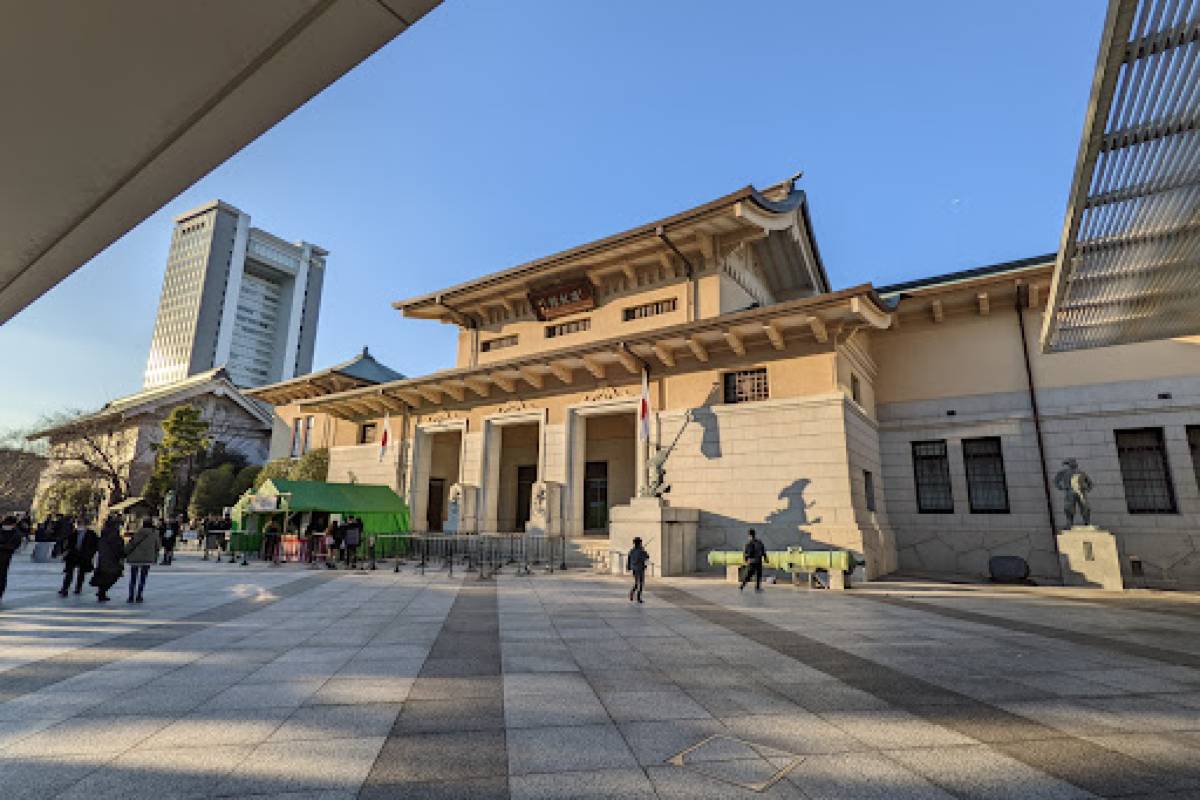
🗼Recommended Unique Experience
🧘♀️ Meditate with Monks at a Hidden Temple in Setagaya
📝 Describing the Experience
I arrived at Gōtokuji Temple just after dawn, the morning mist still lingering over the mossy grounds. A soft gong echoed as I stepped into the small meditation hall, greeted by a monk with a warm nod. The silence inside was calming, interrupted only by the rhythmic sound of our breathing and the occasional chirp of a nearby bird. This was zazen seated meditation in its purest, most authentic form.
📖 What Makes This Experience Unique?
Unlike the tourist-packed temples in central Tokyo, this hidden gem offers a rare, immersive encounter with Zen practice. Few travelers know you can join early-morning meditation with real monks here. It's a deeply spiritual moment tucked away in suburban Tokyo.
📅 Best time to do this: Early mornings on weekdays
📍 Where to start: Gōtokuji Temple, Setagaya (near Miyanosaka Station)
💰 Cost: Free (donations appreciated)
💡 Pro Tips
- Wear comfortable, modest clothes
- Arrive early to explore the temple grounds and iconic maneki-neko statues
- Bring a cushion if you’re not used to sitting cross-legged
👨👩👧👦 Is It Family-Friendly?
Best for adults or teens; young kids may find the silent setting challenging.

🛶 Paddle Through Tokyo’s Hidden Canals in Koto Ward
📝 Describing the Experience
Gliding through the narrow waterways of Koto Ward in a sleek, quiet kayak, I felt like I had discovered a secret side of Tokyo. The skyscrapers faded into the distance as I passed under low bridges, alongside retro houses and hanging laundry. Herons watched from the banks, and for a moment, it felt like old Edo again, serene and timeless.
📖 What Makes This Experience Unique?
These canals are remnants of Tokyo’s past as a water-based city, and kayaking them gives you a unique view that most tourists completely miss. It's peaceful, slow-paced, and offers an entirely different lens on Tokyo’s urban life.
📅 Best time to do this: Spring or autumn afternoons
📍 Where to start: Kiba Park Kayak Base (advance reservation required)
💰 Cost: ¥5,000–¥6,500 for a 90-minute guided tour
💡 Pro Tips
- Book in advance slots fill fast in good weather
- Bring waterproof shoes or sandals
- Don’t forget sunscreen and a dry bag for your phone
👨👩👧👦 Is It Family-Friendly?
Yes, great for older kids and teens; tandem kayaks available for families.
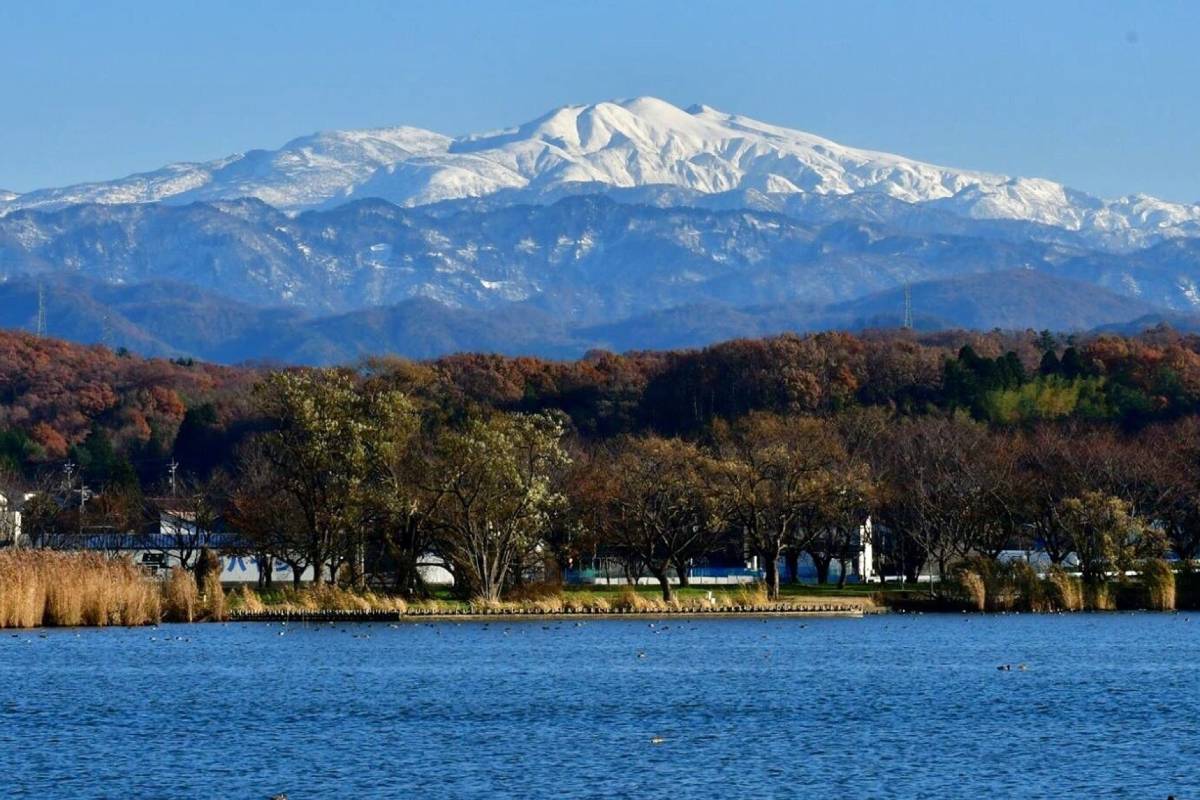
🍵 Discover a Tea Ceremony in a Private Machiya in Yanaka
📝 Describing the Experience
Inside a restored wooden townhouse in Yanaka, I sat on a tatami mat, mesmerized by the graceful, deliberate movements of the tea master. The earthy aroma of matcha filled the room as she whisked the tea with precision and poured it into a hand-crafted ceramic bowl. Everything in the room, the tools, the silence felt deeply intentional. It was a moment of pure presence.
📖 What Makes This Experience Unique?
Most tea ceremonies are large-group demos in tourist hubs. This one was intimate, set in a family-run machiya in one of Tokyo’s last old-school neighborhoods. It’s a personal, mindful introduction to Japanese aesthetics and hospitality.
📅 Best time to do this: Late morning or early afternoon
📍 Where to start: Private booking via Yanaka Cultural Experience (near Nippori Station)
💰 Cost: ¥4,000–¥6,000 per person (includes sweets and matcha)
💡 Pro Tips
- Book in advance; limited slots per day
- Ask questions your host likely speaks English and loves sharing the culture
- Wander Yanaka Ginza afterward for retro charm
👨👩👧👦 Is It Family-Friendly?
Best for adults and quiet teens. Not ideal for toddlers due to fragile items and silence.
🎨 Explore a Street Art Alleyway in Shimokitazawa
📝 Describing the Experience
Tucked behind the buzzing cafés of Shimokitazawa, I found a narrow alley filled with walls that pulsed with creativity murals, graffiti, sticker bombs, and art installations. I spotted a vending machine that only sold zines, a hidden doorway covered in QR code art, and a rooftop gallery with psychedelic projections. It felt like Tokyo’s underground art world revealing itself, piece by piece.
📖 What Makes This Experience Unique?
This isn't your typical Tokyo sightseeing. Shimokitazawa’s street art scene is an evolving, hyper-local expression of Tokyo’s indie spirit often overlooked by mainstream guides. It’s raw, playful, and constantly changing.
📅 Best time to do this: Late afternoons or just after sunset for illuminated pieces
📍 Where to start: Exit Shimokitazawa Station (South Exit) and explore the alleys behind Bonus Track and Reload
💰 Cost: Free
💡 Pro Tips
- Bring a camera murals change frequently
- Many hidden artworks are above eye level or down alley corners
- Stop for craft coffee or a zine shop mid-walk
👨👩👧👦 Is It Family-Friendly?
Teens and art-loving families will enjoy it, but small kids may get bored.
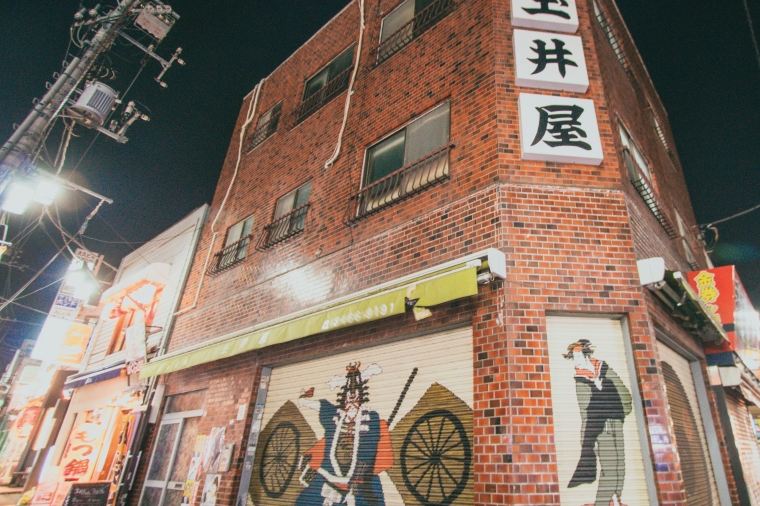
🕯️ Wander Through a Forest of Lanterns at teamLab Borderless
📝 Describing the Experience
I stepped into a pitch-black room and suddenly, thousands of glowing lanterns stretched around me in all directions, reflected infinitely by mirrored walls. They pulsed gently, as if breathing with me. I wandered slowly, in awe, my senses heightened by ambient music and light that felt almost alive. It wasn’t just visual, it was emotional.
📖 What Makes This Experience Unique?
Unlike museums with fixed exhibits, teamLab Borderless is a digital art universe where you’re part of the artwork. Each room is a portal to an immersive, interactive world. Despite being famous, it’s still surprisingly under-visited by mainstream travelers due to its location in Toyosu.
📅 Best time to do this: Weekday evenings (after 6 PM) for fewer crowds
📍 Where to start: teamLab Borderless Tokyo, Azabudai Hills (new location since 2023)
💰 Cost: ¥3,800–¥4,500 (advance tickets online only)
💡 Pro Tips
- Wear white or light-colored clothing for stunning photos
- Allow at least 90 minutes to explore fully
- Avoid weekends long queues even with tickets
👨👩👧👦 Is It Family-Friendly?
Yes, great for all ages. Some spaces may be overwhelming for toddlers, but stroller access is available.

Flight To Tokyo
- Satu Arah
- Pulang-Pergi
- direct cheapest
 CGK23:457h 5mLangsungHND08:50Jakarta - Tokyo|Sel, 3 Mar|Garuda IndonesiaMXN$6.255MXN$7.77019% off19% offMXN$7.770MXN$6.255
CGK23:457h 5mLangsungHND08:50Jakarta - Tokyo|Sel, 3 Mar|Garuda IndonesiaMXN$6.255MXN$7.77019% off19% offMXN$7.770MXN$6.255  CGK23:457h 5mLangsungHND08:50Jakarta - Tokyo|Min, 1 Mar|Garuda IndonesiaMXN$6.371MXN$7.77018% off18% offMXN$7.770MXN$6.371
CGK23:457h 5mLangsungHND08:50Jakarta - Tokyo|Min, 1 Mar|Garuda IndonesiaMXN$6.371MXN$7.77018% off18% offMXN$7.770MXN$6.371 CGK05:1015h 30m1 stopHND22:40Jakarta - Tokyo|Sab, 21 Feb|Airasia IndonesiaMXN$2.098MXN$7.77073% off73% offMXN$7.770MXN$2.098
CGK05:1015h 30m1 stopHND22:40Jakarta - Tokyo|Sab, 21 Feb|Airasia IndonesiaMXN$2.098MXN$7.77073% off73% offMXN$7.770MXN$2.098 CGK08:3012h 10m1 stopHND22:40Jakarta - Tokyo|Sab, 21 Feb|AirAsia MalaysiaMXN$2.098MXN$2.098
CGK08:3012h 10m1 stopHND22:40Jakarta - Tokyo|Sab, 21 Feb|AirAsia MalaysiaMXN$2.098MXN$2.098 JKT1:00 PM3h 5mLangsungTYO2:00 PMJakarta - Tokyo|Sun, Jan 18|Garuda IndonesiaTemukan Penerbangan LainnyaTemukan Penerbangan Lainnya
JKT1:00 PM3h 5mLangsungTYO2:00 PMJakarta - Tokyo|Sun, Jan 18|Garuda IndonesiaTemukan Penerbangan LainnyaTemukan Penerbangan Lainnya
Harga penerbangan yang ditampilkan dari ${{departCityName}} ke ${{arrivalCityName}} didasarkan pada rata-rata harga berbagai maskapai untuk 3 bulan ke depan, menurut basis data terbaru Trip.com.
🗼Let’s Go To Tokyo!
Tokyo is one of those cities that never really leaves you. It’s a place where ancient shrines and high-tech skyscrapers coexist, and every side street holds something unexpected whether it’s a hidden ramen joint or a quirky vintage shop. Sure, it can get a little overwhelming with the crowds and the fast pace, but honestly, that’s all part of its charm. Tokyo’s energy is contagious. From the neon glow of Shibuya to the calm of a morning walk in Yanaka, it’s a city of contrasts that somehow just works.
If you’re planning a trip, now’s a great time to check out travel promotions for Tokyo. You might just score some amazing discounts on Flights to Tokyo and sweet deals on Hotels in Tokyo. I’d go back in a heartbeat. Until then, happy travels and don’t forget to bring an extra suitcase for all the shopping.
❓ FAQs: Common Questions About Visiting Tokyo
1️⃣ What’s the best way to get around Tokyo?
If you're using public transport in Tokyo, I highly recommend getting a Suica or Pasmo card. These rechargeable IC cards work on trains, subways, and even some vending machines and convenience stores. Tokyo’s train system is incredibly efficient—just avoid rush hour unless you love being packed like sushi. Taxis are clean but pricey, and Uber exists but isn’t widely used. Honestly, trains are king here.2️⃣ How much should I budget per day?
For a comfortable day in Tokyo, I’d budget ¥10,000–¥15,000 ($70–$100). Street food and ramen meals can be as cheap as ¥500–¥1,000, while mid-range restaurants might cost ¥2,000–¥3,000. Attractions like temples are often free or under ¥1,000. Use a prepaid train card to save on transport. Many museums and parks also offer free or low-cost entry.3️⃣ Is Tokyo safe for tourists?
Absolutely. Tokyo is one of the safest cities in the world. I’ve walked alone at midnight and felt totally fine. Just be mindful of crowded tourist spots like Shibuya or Harajuku for pickpockets. Avoid the sketchy side streets of Kabukicho late at night, but even then, it’s relatively tame. Solo travelers especially women will find it refreshingly safe.4️⃣ What’s a common tourist mistake in Tokyo?
One big one? Underestimating travel times. Tokyo is huge, and even though the trains are fast, transfers can eat up time. Plan your day by area like doing Shibuya and Harajuku together rather than crisscrossing the city. Also, many places don’t open early, so don't plan a packed morning itinerary.5️⃣ Do I need cash, or can I use a credit card everywhere?
Tokyo’s getting better with cards, but cash is still king at smaller restaurants, shrines, and local markets. Convenience stores have ATMs that work with international cards. I always keep at least ¥5,000–¥10,000 on me, just in case.6️⃣ Is tipping expected in Tokyo?
Nope, tipping isn’t part of Japanese culture. In fact, it might confuse or even offend some staff. Exceptional service is included in the experience, so a smile and a thank-you (arigatou gozaimasu!) go a long way.
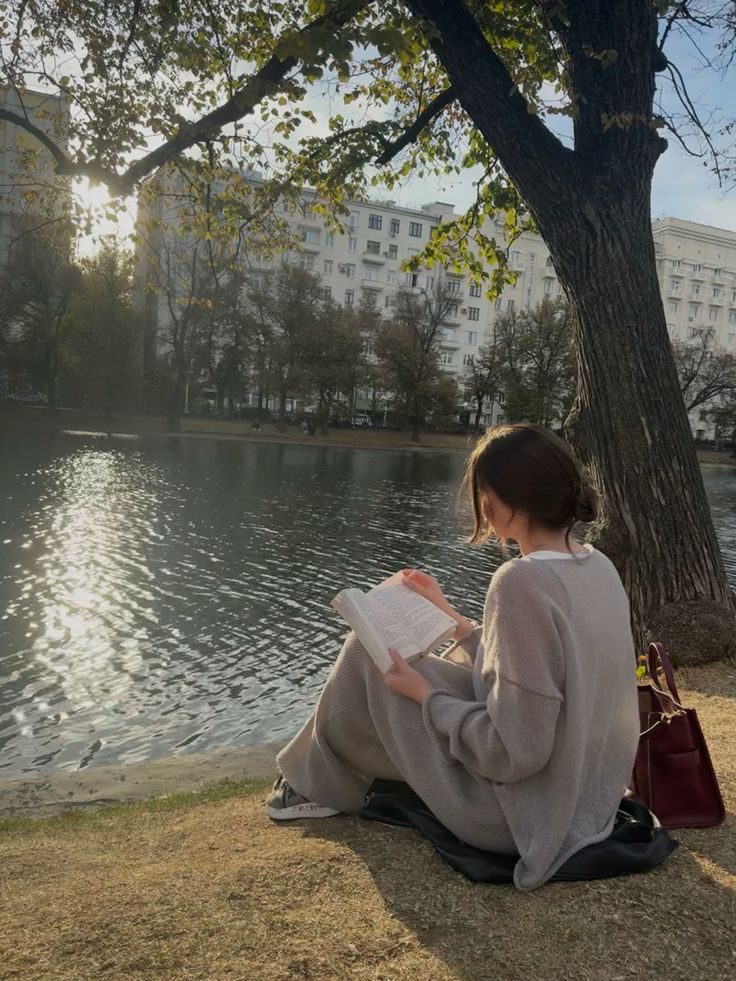
 NO.1
NO.1



